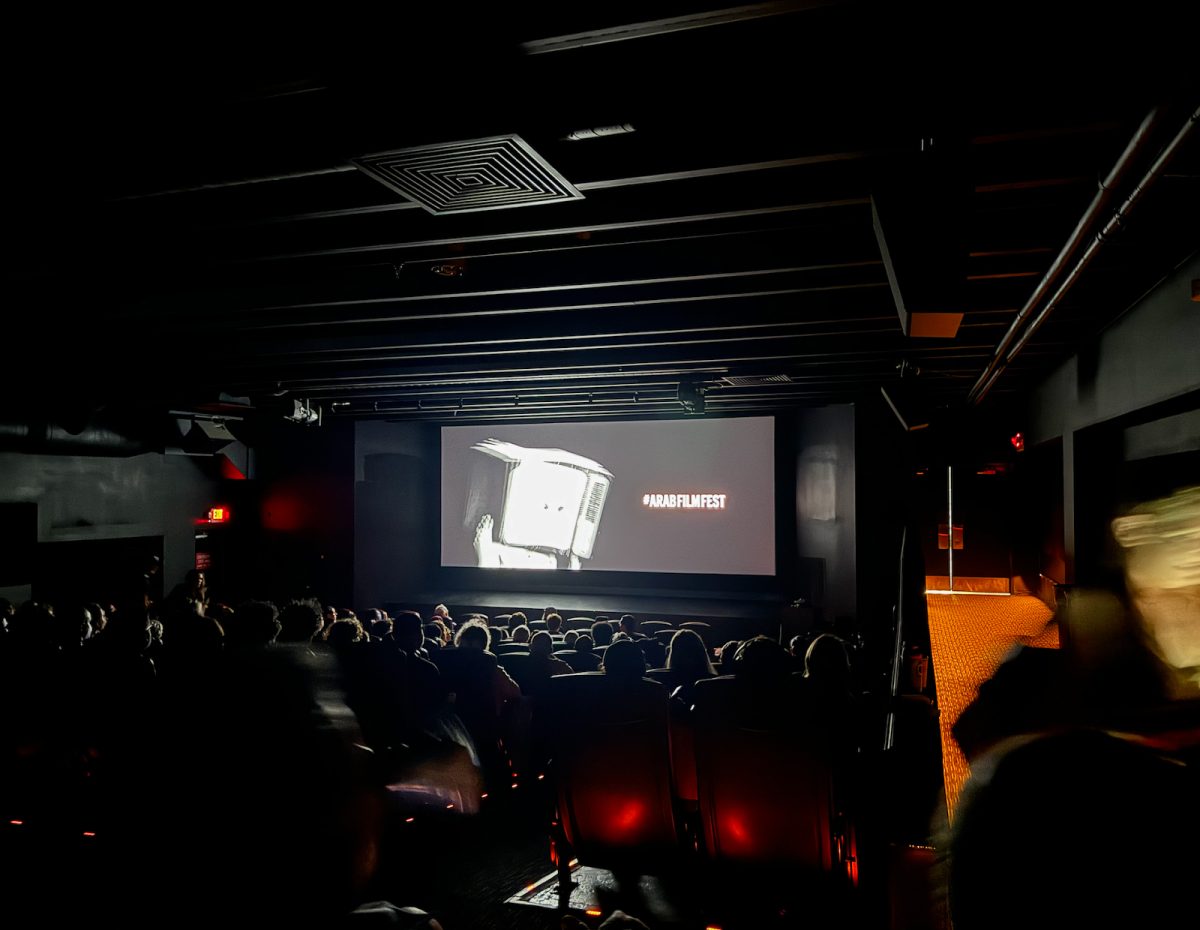On one fateful day in autumn of 1984, a teenage boy named Darius S., living in Northwestern Germany, recorded a song off of the radio onto a cassette tape. This was one of the hundreds of songs he would record throughout his adolescence and young adulthood; it was one of many that, due to not catching the song’s name, he had to mark simply as “?” in his tracklist. Over the course of the next 40 years, he would identify — sometimes with the help of the internet and often alongside his sister, Lydia — all of the songs he had recorded… except for one.
Throughout the 2000s, the siblings shared the song around obscure corners of the internet, such as German music enthusiast groups on Usenet or on the Canadian song identification site Spirit of Radio. No one, including other German Gen Xers, could identify the song.
In the late 2010s, long after initial discussions had ceased, the song caught the attention of young Brazilian teenager Gabriel Vieira. He became enthralled with the mystery and posted it to every forum he could. Soon, it would be well known by thousands of dedicated investigators across the globe. Once the phenomenon began to spread, several major YouTube creators began covering the story, the most influential of which being Justin Whang, a creator with over 1.4 million subscribers. His video soon propelled the song into the world of internet web sleuths, and it became known as “the most mysterious song on the internet” thanks to Vieira and Whang.
The song itself perplexed many; it sounded like it could have been a hit, with its campy new wave synth production style, catchy lyrics and Depeche Mode-esque baritone vocals. The central question that investigators sought to answer was this: how was this song able to reach the radio airwaves and be likable enough for Darius to have recorded it without any trace of its existence beyond that recording? Of course, it is possible that others recorded it on tapes simply lost to time (or, alternatively, these enthusiasts simply have not heard of the mystery, as it was primarily known in internet spaces among a younger demographic than an 80s radio audience).
When the song gained this new life, many wondered about the original poster, Lydia — who, at the time, went by the pseudonym Anton Riedel for the sake of her anonymity — and whether she would have been able to provide additional context. After many fruitless efforts, the siblings became aware of the search when Darius heard the case mentioned on a radio show. Lydia returned to her Internet search, providing a full sample of the recording as well as information about how the pair would collect music from the radio.
By some miracle, the radio station that Darius listened to most often in his radio taping days — NDR, or Norddeutscher Rundfunk — still exists today as a thriving multimedia corporation. Crucially, it still maintains archives of every radio show’s historical playlists. As investigators would learn through outreach to other radio stations, this was by no means an industry standard. However, despite this stroke of luck and thousands of hours of digitizing and combing through several years’ worth of archival documents, the song remained an inexplicable mystery.
However, it was through the NDR station lead that investigators came across a contest known as Hörfest, wherein up-and-coming German musical artists could enter their songs for a chance to be noticed by members of the industry. NDR would occasionally air bands from this contest. This inspired one searcher, u/marijn1412 on Reddit, to brute-force their way through each of the hundreds of bands that participated in Hörfest in the early 1980s.
In late October 2024, u/ marijn1412 came across one particular band, Phret, who was in the 1983 competition. The user contacted Michael Hädrich, a member of Phret, asking for tapes from the time period. In response, marijn1412 was sent demo tapes from another one of Hädrich’s projects; among these, shockingly, was an unfinished version of the track that thousands had been attempting to identify for decades.
FEX consisted of Hädrich on vocals, keyboard and guitar, Ture Rückwardt also on vocals and guitar, Hans-Reimer Sievers on drums and Norbert Ziermann on bass. Titled “Subways of Your Mind,” the aforementioned demo version and a live performance have been made available by the band. It is yet to be discovered, however, how the completed version made its way to the radio in the first place. The original completed version that matches Darius S.’s bootleg tape recording has not yet been located. The band has carried out several television and radio appearances performing the mystery song and recounting its story, including one on NDR, in a full-circle turn of events.
What compelled me to write this article – to disclose a bit of personal bias here – is that I spent the greater part of my high school years as a moderator of this community and one of its lead investigators. To outsiders, this mystery may have seemed silly or pointless, but to dedicated searchers, the song offered an opportunity to bring light to artists that we felt deserved credit. It was a mystery we initially felt was within our grasp but, as we quickly found out, was far more complicated than it seemed. As I grew up, the search project persisted, and after each disappointment with every debunked lead, I found myself even more invested in seeing the story through to its end. It was my white rabbit, and I could never go a week without checking to see if, finally, the artist had been identified. I can imagine that this desire was felt tenfold by Darius and Lydia, who have been hoping to complete their bootleg tape tracklist with the proper band name and song title — FEX: “Subways of Your Mind” — for 40 years.
It is thanks to this search that I discovered countless artists that helped me befriend some of the most important people in my life. Though it was not me who eventually solved the mystery, I am forever grateful for this happy conclusion and for the way that this song has forever changed me as a music enthusiast.
Interestingly, this movement has grown far bigger than just this community. Thanks to this search, similar searches for other unidentified songs have been conducted by the “Lostwave” community, creating a subculture dedicated to tracking down unidentified songs. Ultimately, Darius S.’s desire to properly title each of his bootleg radio recordings led to a music preservation movement within a new generation of music enthusiasts.






